Table of Contents
ToggleOur Hold Cleaning Services in Mumbai Port
At Mumbai Port, we deliver professional hold cleaning services. Our services are designed to ensure optimal vessel readiness and cargo safety. We specialize in hold cleaning from years of experience. Our hold cleaning will help you to prevent contamination which is important to maintain cargo quality and minimize commercial losses.
We have a team of experts who use effective techniques to clean holds. Our team ensures that vessels are ready for new loads without risk of any cross-contamination.
Our cleaning process is designed to handle bulk carriers, tankers, container ships, and special cargo vessels for all kinds of carriers. In addition, we ensure optimal hygiene and safety throughout the process.
Mumbai is one of India’s busiest ports and opting for us gave you minimal disruption and better environmental safety.
Hold Cleaning in Mumbai Port: One of India’s busiest and most historic ports, handles vast quantities of bulk cargo ranging from coal and grains to chemicals and iron ore. With such a diverse cargo flow, hold cleaning becomes a crucial task for ensuring safety, quality, and regulatory compliance. We’ll explore the essential aspects of hold cleaning in Mumbai Port, covering its importance, the methods used, and the challenges faced.
What is Hold Cleaning?
Hold cleaning refers to the process of cleaning and preparing a ship’s hold (cargo storage area) to safely transport the next load of cargo. Residual materials from previous shipments can cause contamination, damage, or even safety dangers if not properly cleaned out. For instance, a hold that previously carried coal dust might cause contamination if the next cargo is food-grade materials like grains.
Hold cleaning ensures that cargo holds are free of contaminants, ready to carry new loads, and meet health and safety standards. This process is particularly vital in busy ports like Mumbai, where a high volume and variety of cargoes pass through daily.
Avoid the High Cost of Improper Cargo Cleaning Mumbai Port
Maximize Cargo Capacity with Our Expert Hold Cleaning Solutions
Why Hold Cleaning is Essential at Mumbai Port
Given Mumbai’s role as a critical link in India’s maritime trade, the port is a hub for transporting various cargoes internationally. Hold cleaning ensures:
1. Compliance with International Standards: Ports like Mumbai must adhere to international standards set by bodies such as the International Maritime Organization (IMO), ensuring cargo safety and environmental protection.
2. Safety of Cargo and Crew: Residual materials from previous cargoes can lead to safety hazards such as fires, chemical reactions, and contamination.
3. Efficiency and Profitability: Thorough hold cleaning reduces the risk of delays caused by contamination and helps in the smooth and timely turnover of cargo.
Hold Cleaning Process
1. Preparation for Cleaning: This involves securing the area, ensuring the crew’s safety, and setting up necessary cleaning equipment. The hold is inspected to assess the type of residues and cleaning method required.
2. Dry Cleaning: This initial stage involves removing loose debris and residue using brooms, shovels, or vacuum machines. Dry cleaning is crucial for removing visible remnants and is especially useful when cleaning bulk cargo like grains or coal.
3. Wet Cleaning: Wet cleaning uses water, detergents, and sometimes high-pressure equipment to clean the hold’s surfaces thoroughly. This step targets stubborn residues and is often required for sticky or oily residues from products like crude oil or chemicals.
4. Chemical Cleaning: In cases where wet cleaning alone is insufficient, chemical agents may be used. However, chemical cleaning requires careful handling to ensure compliance with environmental standards and avoid harmful effects.
5. Final Rinse and Inspection: The final step involves rinsing the hold with fresh water and conducting a thorough inspection to confirm that it meets required standards for cleanliness and safety.
Challenges in Hold Cleaning in Mumbai Port
Mumbai Port poses several unique challenges for hold cleaning, including:
1. Monsoon Weather: Mumbai’s rainy season brings high humidity, making it harder for holds to dry after cleaning. This can delay inspections and complicate cleaning.
2. Diverse Cargo Types: Mumbai Port handles various cargoes, from chemicals and coal to food products. Each requires specific cleaning techniques, often demanding specialized equipment and procedures.
3. Environmental Regulations: Mumbai has strict regulations to protect the surrounding marine environment. Proper disposal of waste from hold cleaning, particularly when chemical cleaning agents are used, requires careful management.
Techniques and Equipment Used in Hold Cleaning
1. Manual Cleaning Tools: Basic tools such as brooms, scrapers, and brushes are often used in dry cleaning for initial residue removal.
2. High-Pressure Water Jets: These are used for wet cleaning, helping to dislodge stubborn residues and contaminants. High-pressure jets can also reduce water usage.
3. Vacuum Loaders: For particularly dusty or powdery residues, vacuum loaders help contain the dust and prevent it from dispersing into the air.
4. Automated Cleaning Systems: Some vessels use automated systems, which include rotating nozzles and programmable cleaning cycles, to ensure thorough cleaning in less time.
Read Also: Cargo Hold Cleaning in Kochi Port
Environmental and Safety Considerations
Hold cleaning, particularly at a major port like Mumbai, must balance effectiveness with environmental responsibility. Mumbai Port has stringent requirements for waste disposal, requiring ships to collect and dispose of residues, sludge, and wastewater in designated facilities. Additionally, Mumbai’s port authorities encourage the use of biodegradable and eco-friendly cleaning agents to minimize the impact on local marine life.
Crew safety is another crucial aspect, as hold cleaning can expose workers to hazardous residues and chemicals. Ships must ensure that cleaning staff wear personal protective equipment (PPE) and follow strict safety protocols to prevent accidents.
Read Also: Cargo Hold Cleaning in Chennai Port
Conclusion
Hold cleaning in Mumbai Port is a critical process that requires thorough preparation, specialized equipment, and adherence to strict environmental and safety regulations. As cargo volumes and types evolve, hold cleaning practices must adapt to ensure efficiency, safety, and compliance with global standards. With the right approach, hold cleaning not only supports Mumbai Port’s role in global trade but also protects the surrounding environment and the integrity of the cargoes it handles.
Frequently Asked Questions
What are the main steps in hold cleaning in Mumbai Port?
Hold cleaning typically involves preparation, dry cleaning to remove loose residues, wet cleaning with water and detergents, chemical cleaning if necessary, and a final rinse followed by an inspection.
Why is hold cleaning important before loading new cargo?
Hold cleaning prevents cross-contamination, protects cargo quality, and ensures compliance with safety and regulatory standards, especially when handling different cargo types.
What challenges does the monsoon season bring to hold cleaning in Mumbai port?
The monsoon season’s high humidity complicates drying, which can lead to delays and affect cleaning outcomes, as holds may take longer to reach the required standards for cleanliness.
Are there eco-friendly cleaning options available at Mumbai Port?
Yes, many cleaning agents used today are biodegradable, and ports encourage using these to minimize environmental impact.
How does Mumbai Port manage the waste generated from hold cleaning?
Waste from hold cleaning is collected and disposed of in compliance with environmental regulations, ensuring it doesn’t harm the marine ecosystem surrounding the port.

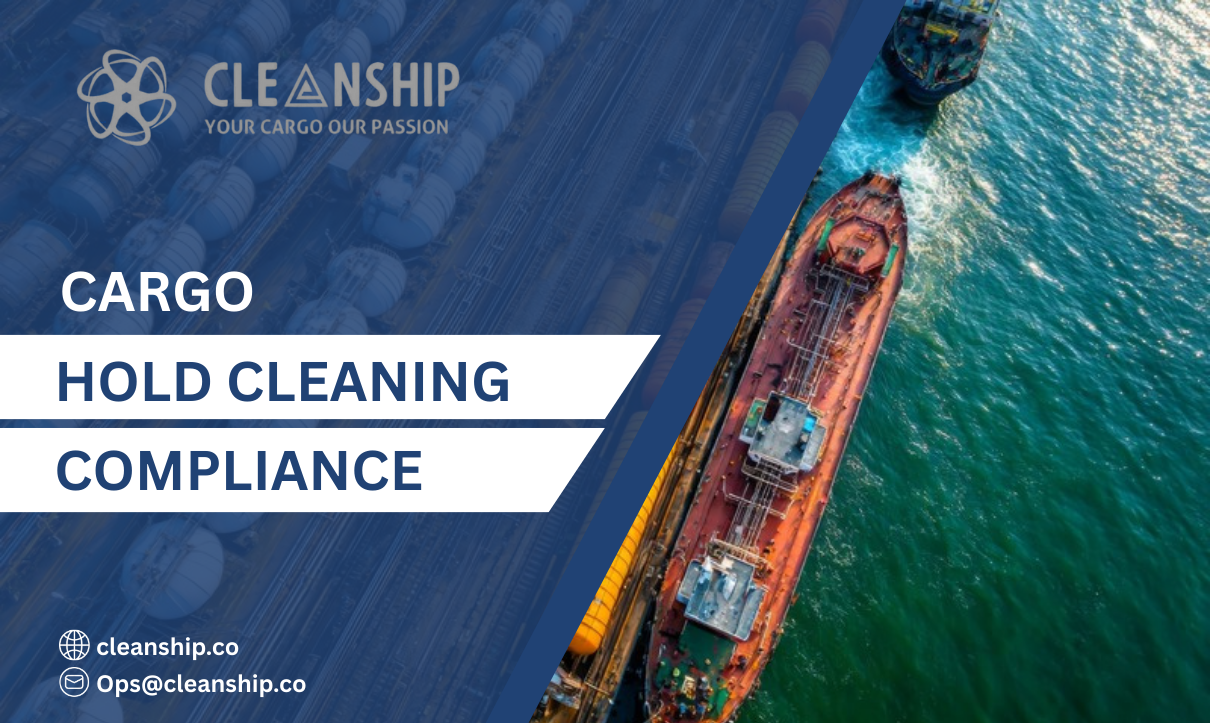
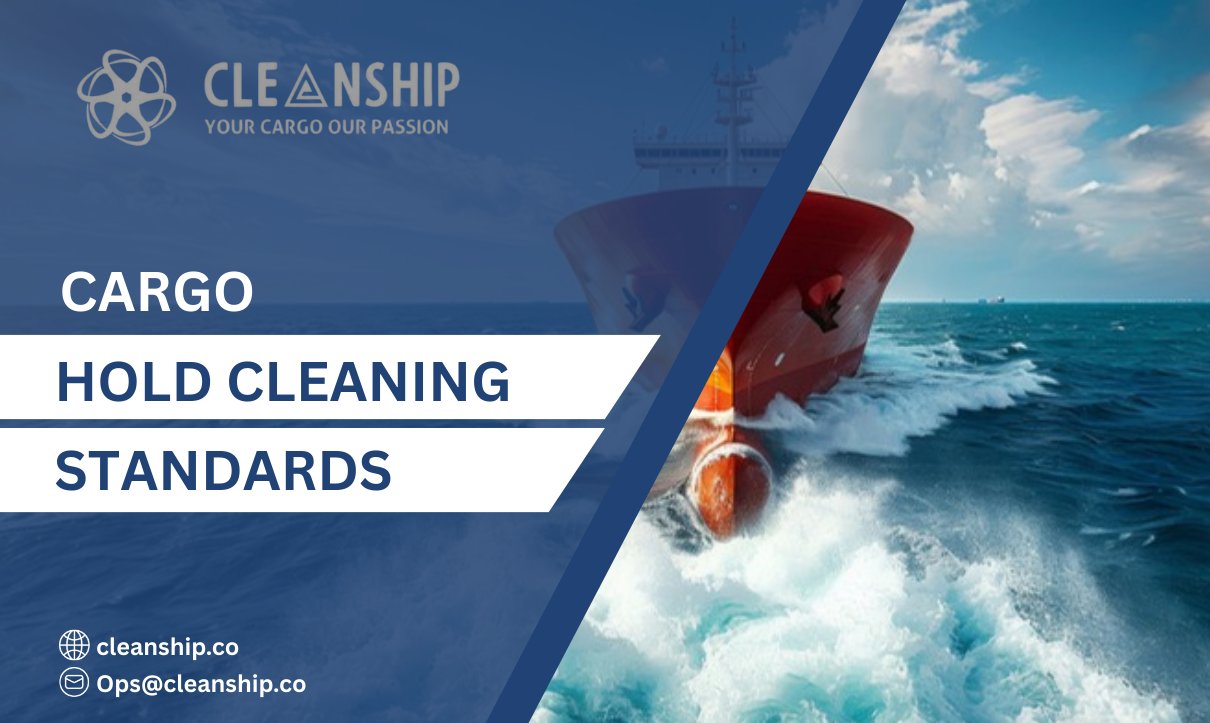
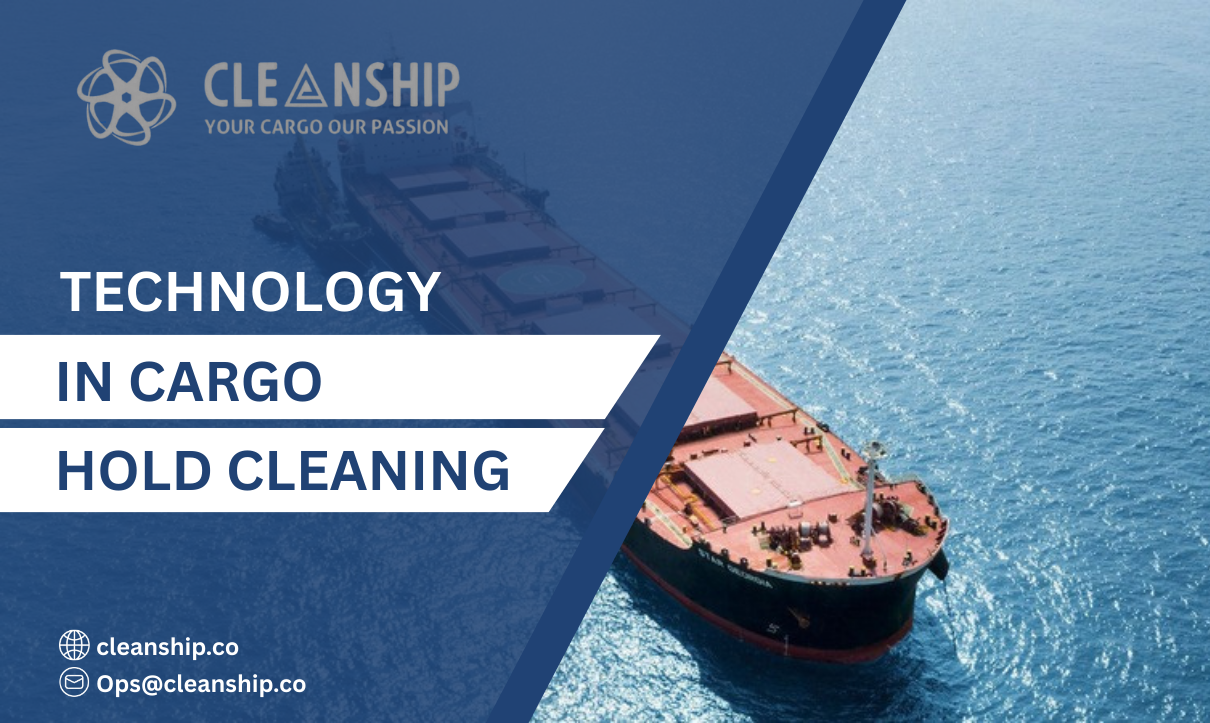
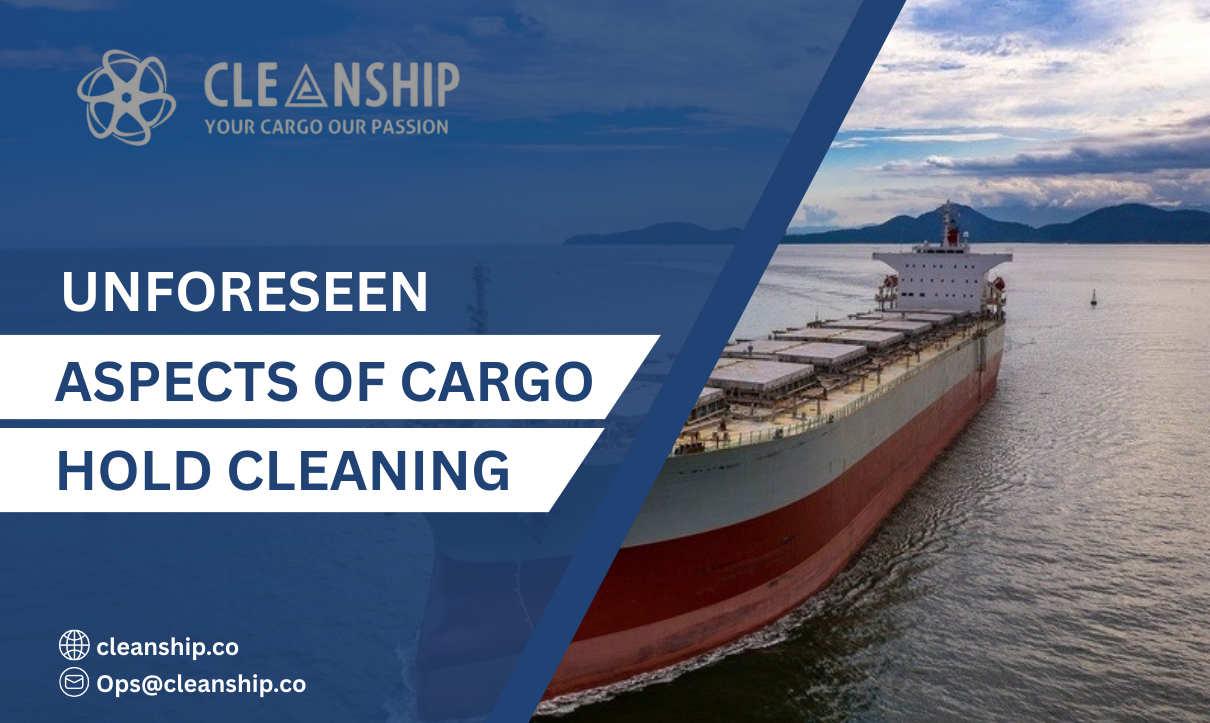
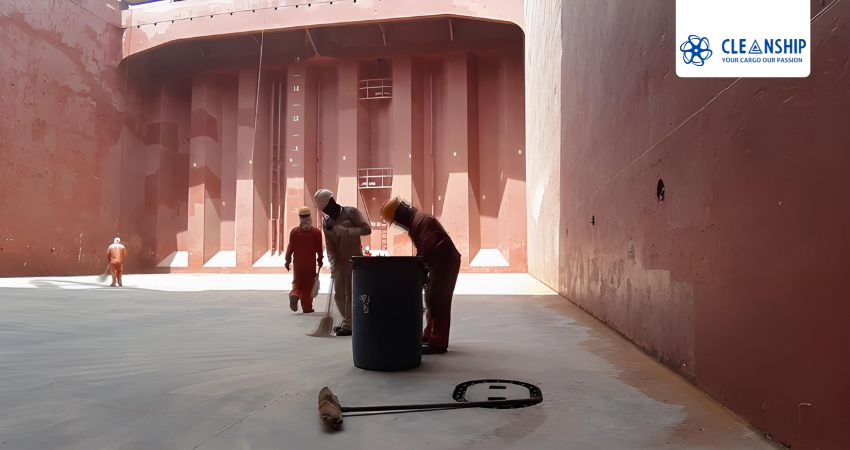
Leave A Comment